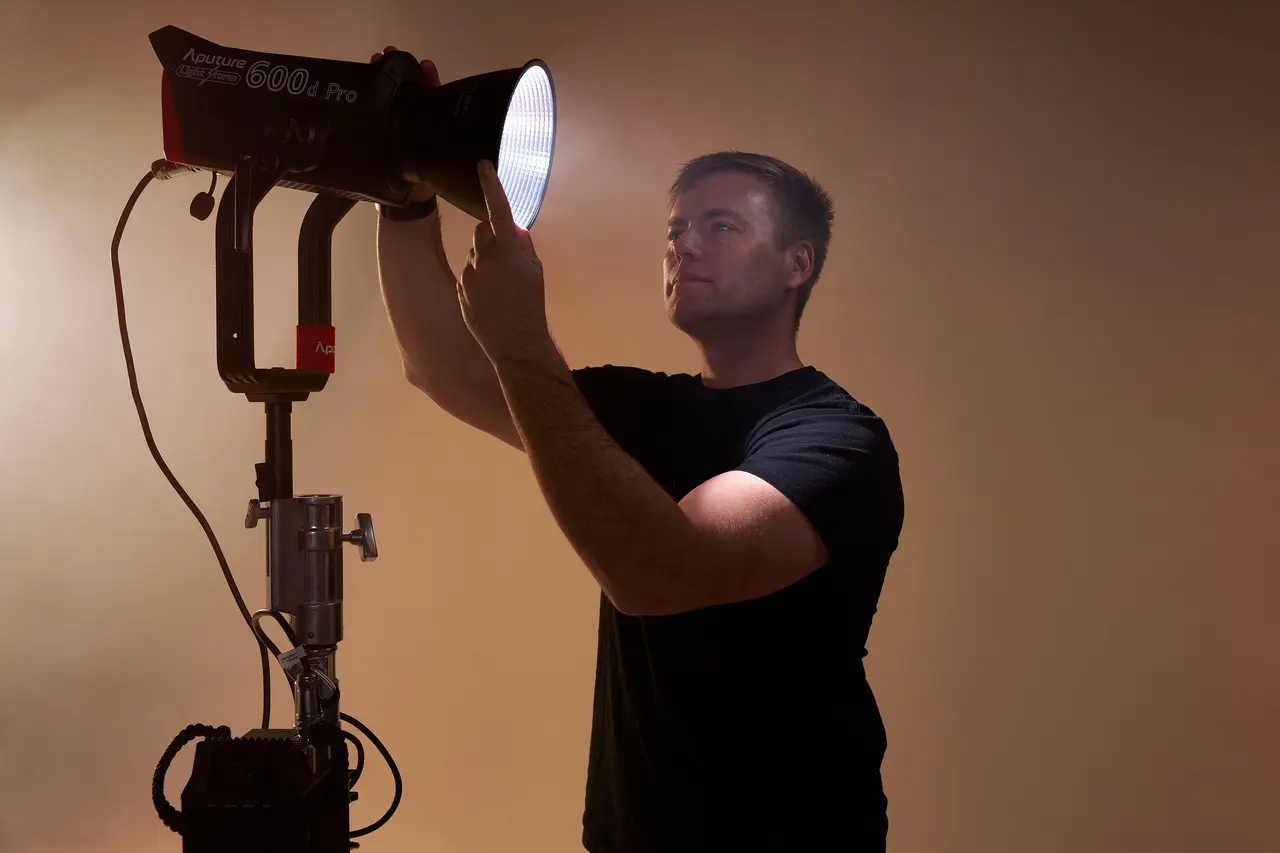In the world of photography, light can make or break your shot. However, you don't need an elaborate lighting setup to achieve stunning results. The key lies in mastering the art of simplicity. This guide will walk you through the essentials of using a one light setup for anything you shoot, ensuring your images are striking without overwhelming complexity.
Understanding the Fundamentals of Lighting
Before diving into setups, it's essential to comprehend the basic principles of lighting. Light direction, intensity, and quality can dramatically alter the mood and feel of your photographs. Understanding these fundamentals will pave the way for a successful one light setup.
When we talk about direction, think about how light falls on your subject. Front lighting can create flat images, while side lighting adds depth. Experimenting with different angles allows you to see how it changes the overall storytelling of your photograph. It’s all about sculpting the light to enhance your vision.
Next, consider light intensity. The power of your light source can either highlight or completely overshadow your subject. This is why knowing how to adjust your light's power/brightness is vital. There are times when you want soft, diffused light to capture tender moments, while at other times a harsh, dramatic beam is more appropriate.
Quality of light also plays a critical role. For example, natural sunlight is soft and warm during golden hour, but becomes harsh during midday. Recognizing these conditions in both natural and artificial light can help you make informed choices for your setups.
Why Choose a One Light Setup?
A one light setup simplifies the shooting process and allows you to focus on composition and creativity. This approach is ideal for beginners and seasoned photographers alike. Using a single light shifts your attention to framing and storytelling rather than getting distracted by multiple sources.
By opting for one light, you eliminate unnecessary complexity in your workflow. It allows you to engage more fully with your subject, which is often key in capturing genuine expressions, especially in portrait photography. You can build rapport and connection without the distraction of complicated setups.
Additionally, a one light setup can significantly improve your images. For instance, if you're working outdoors, harnessing the sun as a backlight while supplementing your subject with an additional light can create dynamic, eye-catching shots. The result is a beautiful balance of light and shadow.
Gear Essentials for Your One Light Setup
To get started, you need a reliable light source, modifiers, and mounts. I'll cover the essential gear you need to create captivating images with just one light. A good quality constant light or flash is the heartbeat of your setup. The choice between these depends on your shooting environment.
Modifiers, such as softboxes or umbrellas, help diffuse the light and can drastically impact its quality. For instance, a softbox can create a soft, flattering light for portraits, while an umbrella can provide a broader spread, useful in broader scenes or product photography.
Don't overlook the importance of light stands or clamps to secure your light. Stability is key to avoid mid-shoot adjustments that can frustrate your workflow. Invest in a sturdy stand that can hold your light firmly while allowing for mobility among your shooting surroundings. Regardless of where you are shooting I'd always urge one to sandbag your light stand or c-stand to ensure a safe set for you and your talent. Especially when shooting outdoors, where wind can become a factor. If you're using a large modifier like an umbrella, or octabank - the wind could easily ruin your shoot, harm your gear and even your model.
Setting Up Your One Light System
Placement and angle are key in achieving a dynamic shot. Learn how to effectively position your light to create depth and interest in your photos. Consider the triangle rule: Your light should create a triangle pattern with your subject and camera. This positioning provides balance and depth in a single shot.
As you set your light, think about how it interacts with other elements of the scene. If you're shooting indoors, utilizing windows as second sources can enhance your setup. Alternatively, placing the light at a 45-degree angle from your subject can create compelling shadows that add drama.
Don’t forget about experimenting! Shift the light position slightly, tilt it or even raise it higher to see the effects come to life. Movement can unlock new perspectives and improve the visual narrative of your images. The more you play around, the more you'll discover unique results.
Techniques for Modifying Light
Using diffusion, reflectors, and gobo techniques can enhance your one light setup. Discover how to modify your light for different effects and moods. Diffusion is your friend when it comes to softening the harshness of a direct light.
You can achieve this through simple materials like bedsheets or dedicated diffusion fabrics. By placing these in front of your light, you create pleasing, gentle ambience, perfect for capturing skin tones in portraits or delicate details in product shots. Diffusion is also essential when shooting any product that is reflective. My preferred diffusion is made by Lee Filters (206 Diffusion). I picked up a 25ft roll of this on B&H for $170. The roll itself is about 4ft wide, and is great to put on a c-stand arm for a simple product setup. You can also cut the diffusion paper up and create your own diffusion flags which I have done.
Reflectors, often overlooked, can also work wonders at shaping light. A simple white board or gold reflector can bounce light back to your subject and fill in shadows. This extra touch not only enhances exposure but also adds a warm glow that can breathe life into your images.
Lastly, experiment with gobos—shapes that block light to create interesting shadows or patterns. Think a coffee and a pastry on a table with a magazine - but then if you add in a moody shadow like leaves on a tree branch, it adds that extra element to the shot. They can add texture and depth, taking your one light setup to the next level. Don't hesitate to let your creativity guide you in utilizing these techniques.
Practical Examples: One Light in Action
Explore real-life case studies showcasing various one light techniques in portrait, product, and landscape photography. See how versatility shines through with minimal gear. For instance, a single light can transform a simple setup into a sultry portrait when bounced off a wall or through sheer fabric.
In product photography, spotlighting a product with one light against a dark backdrop can elevate visual appeal, directing the viewer’s focus directly to the object. It's a technique that enhances detail and engages customers effectively.
Troubleshooting Common Issues with One Light Setups
Learn how to address and resolve common challenges faced when working with a one light setup, ensuring you can stay creative and productive regardless of the scenario. One of the biggest issues that photographers encounter is improper exposure; your subject may end up too dark or washed out.
To troubleshoot this, always pay attention to your camera settings. Ensure you’re in the right mode that allows manual adjustments, which gives you control over aperture, shutter speed, and ISO to fine-tune exposure. Don’t hesitate to take test shots!
Another common issue is light spilling onto unwanted areas—this often happens when working in tight spaces. To combat this, you can either flag your light or use grids on your softboxes and reflectors to control where your light is directed. A 40 degree grid will allow more spill than a 10 degree grid. Understanding how to shape your light creates a more focused result.
Embracing the Simplicity of One Light
Using a one light setup not only simplifies your workflow but also encourages creative thinking. Embrace the art of simplicity, and you may be surprised at how much you can achieve with just a single light. Whether you're a novice or a seasoned photographer, remember that striking images can come from the simplest of setups.

